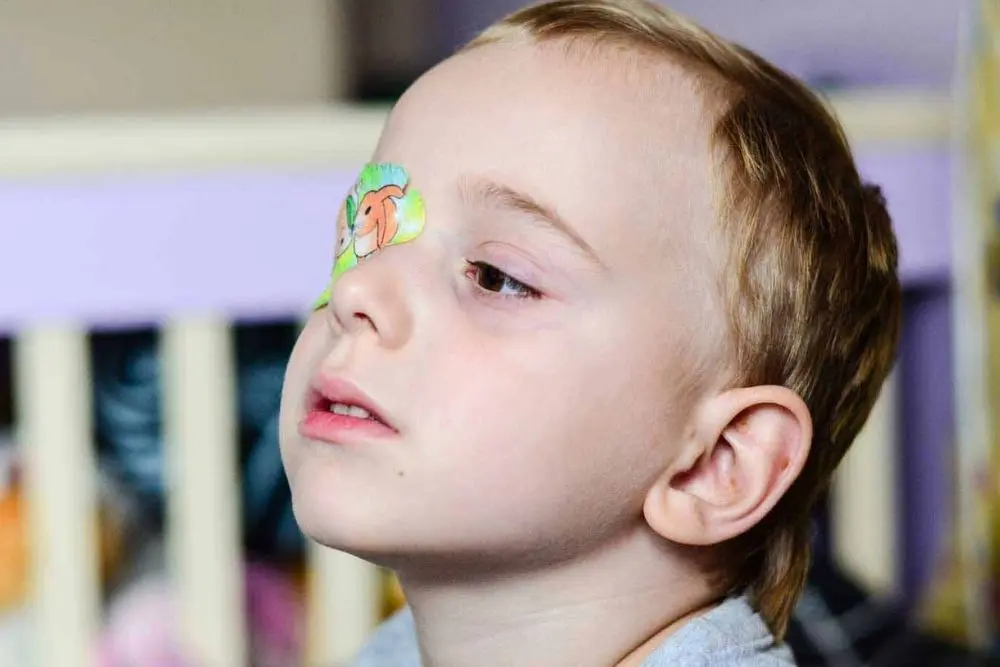Can Amblyopia be Cured?
Sometimes
Treatable, especially if detected early in childhood; success depends on the underlying cause and adherence to treatment

What is Amblyopia?
Amblyopia, also known as “lazy eye,” is a vision disorder in which one eye does not develop normal vision during childhood. It can result from factors such as strabismus (misaligned eyes) or a significant difference in refractive error between the eyes. Treatment involves correcting underlying issues, often through the use of glasses or eye patches.

Clinical Aspects

Characteristics
Reduced vision in one or both eyes, often due to abnormal visual development during childhood

Symptoms
Decreased visual acuity in one eye, often referred to as “lazy eye”

Diagnosis
Vision tests, eye examination

Prognosis
Generally good with early intervention

Complications
Permanent vision impairment in severe cases
Etiology and Treatment

Causes
Factors affecting visual development, such as strabismus (crossed eyes) or refractive errors

Treatments
Corrective lenses, eye patching, vision therapy

Prevention
Corrective lenses, eye patching, vision therapy
Public Health and Patient Perspectives

Epidemiology
Common vision disorder in childhood; often referred to as “lazy eye”

Patient Perspectives
Early detection and corrective measures are crucial for optimal outcomes
While the information presented here reflects the current knowledge about these conditions and treatments, it’s important to understand that individual cases may differ. Consulting with a healthcare professional is crucial for accurate information tailored to your specific needs.
Share: